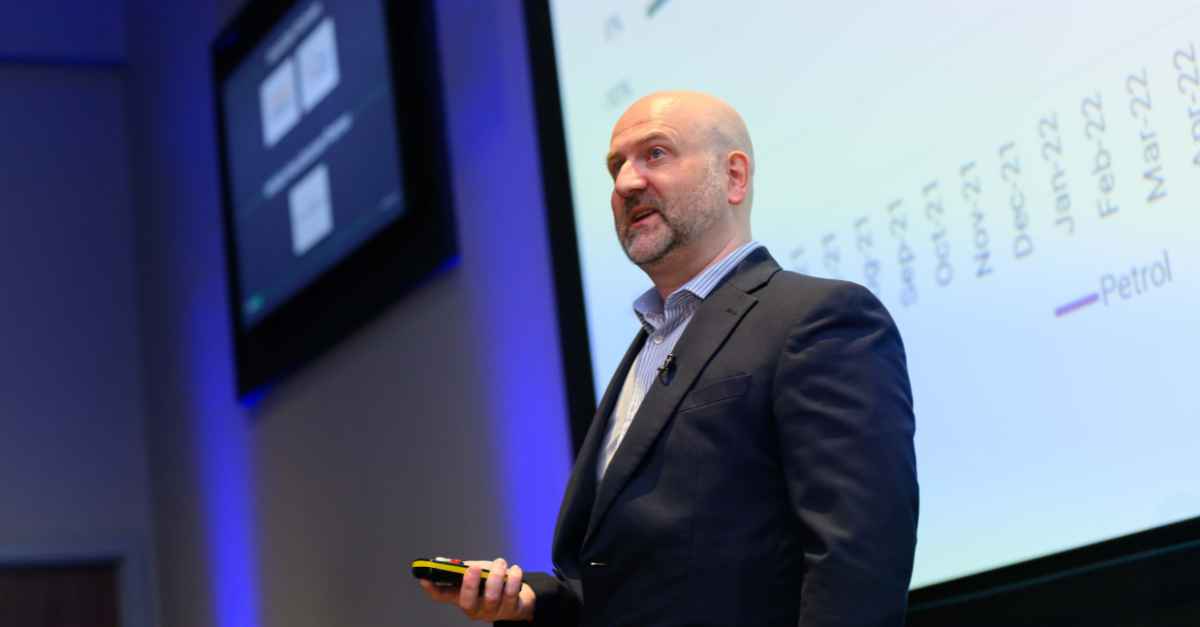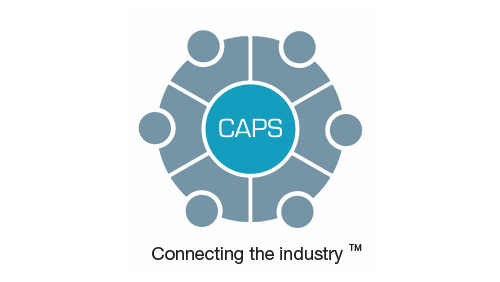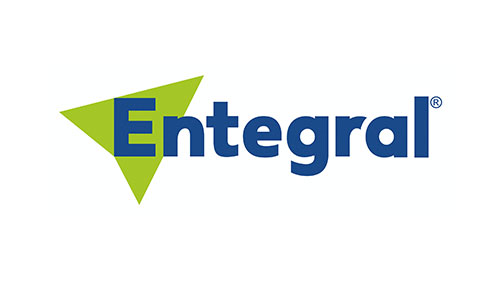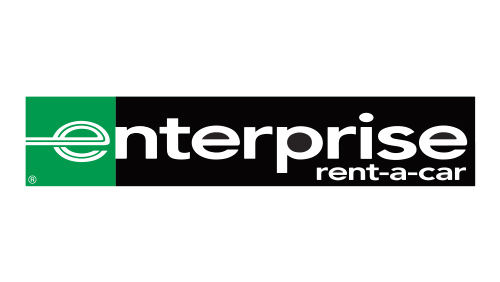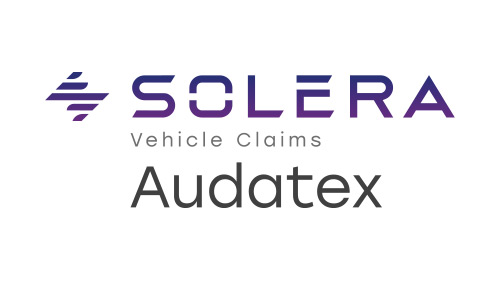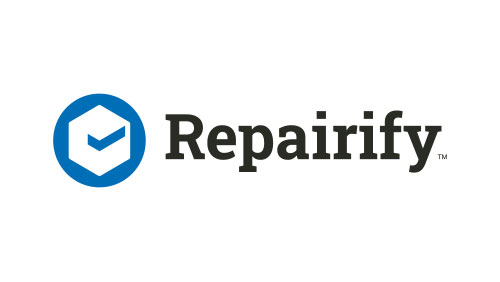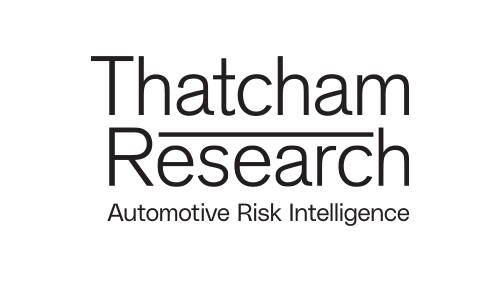The used car market, electric vehicles, and new technologies were the subject of a keynote address delivered by Matt Freeman, Managing Consultant, cap hpi, at ARC360’s Future Vehicle Technology themed conference.
Taking place on 27 June at the Manufacturing Technology Centre (MTC) in Coventry, the conference featured insights from insurers, vehicle manufacturers, repairers and leaders on how the sector is evolving.
The used car market
Focusing first on the used car market, Matt said that values remained fairly-stable until the pandemic struck, typically falling three to six per cent a year through the life cycle of a vehicle.
However, in the wake of the pandemic used car values spiked by nearly a third. They peaked in March 2022 at 31.2% and then remained at that level for nearly a year.
Since this time the market has returned to ‘normal’, with correction taking place throughout 2023, although cap hpi data indicates that values have not fallen back to pre-pandemic levels and remain 13.8% up on February 2021 levels.
The EV market
The fall in values has been most noticeable in electric vehicles, with average values plummeting by 60% since September 2022. In fact, half of the 10 fastest depreciating models since then are electric.
In contrast, used petrol and diesel models remain 16% and 14% higher than they were in 2021, with hybrids also tracking at similarly inflated levels.
In terms of EV numbers, Matt said that about five per cent of the total UK car parc is now electric (eight per cent in the car sector), which equates to more than a million vehicles.
But when looking at new registrations, electric models account for well over a third of the sales, with pure battery electric vehicles more than half of that (16.5%).
He said, “We’ve seen a very significant change in the kind of cars that are flowing through into the parc and will ultimately then flow through from the new market into the used market. And that’s obviously going to accelerate because of the ZEV (zero emissions vehicle) mandate which is going to have a significant impact on the shape of the vehicle parc.”
He suggested that if OEMs get anywhere near meeting ZEV targets it could drive EVs towards a 20% share of the parc by 2030.
New technology
The growing number of EVs is clearly going to impact both values, not least because the rapidly advancing innovations around battery technology is accelerating obsolescence.
Matt explained that as batteries develop, even the latest versions are being left behind in a matter of years. This is impacting their value dramatically, as is the continued concerns around a lack of charging infrastructure.
However, although there are only around 60,000 public charging stations in the UK today, that is expected to reach the 100,000 milestone by next August, which Matt suggests could have a psychological impact on customer confidence and a tangible impact on their driving experience.
But innovation is not limited to powertrains.
Matt said, “This is an industry which prides itself on innovation, but I don’t think we’ve had a pace of change and a concentration of change like this in the 30 years I’ve been in the automotive industry.”
There is an argument though that the speed of innovation is making vehicles difficult to value in the eyes of customers, who are not prepared to pay for what they can’t see, don’t understand, and don’t believe they will use regularly.
For example, Matt pointed to research carried out by Ford around its self-parking function. It found that customers rarely use the feature and as such the brand is now removing it from many models.
While many similar features around autonomy are in-built, many are available as a ‘function on demand’, which is also creating confusion for the customer.
Matt said, “Function-on-demand sounds great, the ability to add technology. But you’ve got to pay for it usually and customers value the wheels that are already on a car, not the wheels you potentially can add.”
Brands
Alongside this, there are a number of new brands entering the market, with many Chinese manufacturers poised to enter the UK market with 10 models in a range. UK customers have traditionally been open to new entrants from Europe, Japan and Korea, but there is uncertainty around how they will value many Chinese brands in an already crowded market.
Matt concluded, “We’re in an era of unprecedented change. But the path is set and the external forces like government legislation are going to move consumers into these new technologies, as well as the manufacturers introducing them and wanting to profit from them.
“But there are many, many factors which create uncertainty and we should expect continuing turbulence. Data is vital to signpost those changes. We need to look across the industry for that data to take the opportunity to use new and mix datasets to better understand what’s going on around us.”
The event was sponsored by Activate Group, Thatcham Research, and Stellantis, and supported by Corporate Partners: BASF, CAPS, Copart, Entegral, Enterprise, Mirka, Nationwide Vehicle Assistance, S&G Response, Solera Audatex; along with Partners: e2e, Gemini ARC, Repairify and Prasco.

